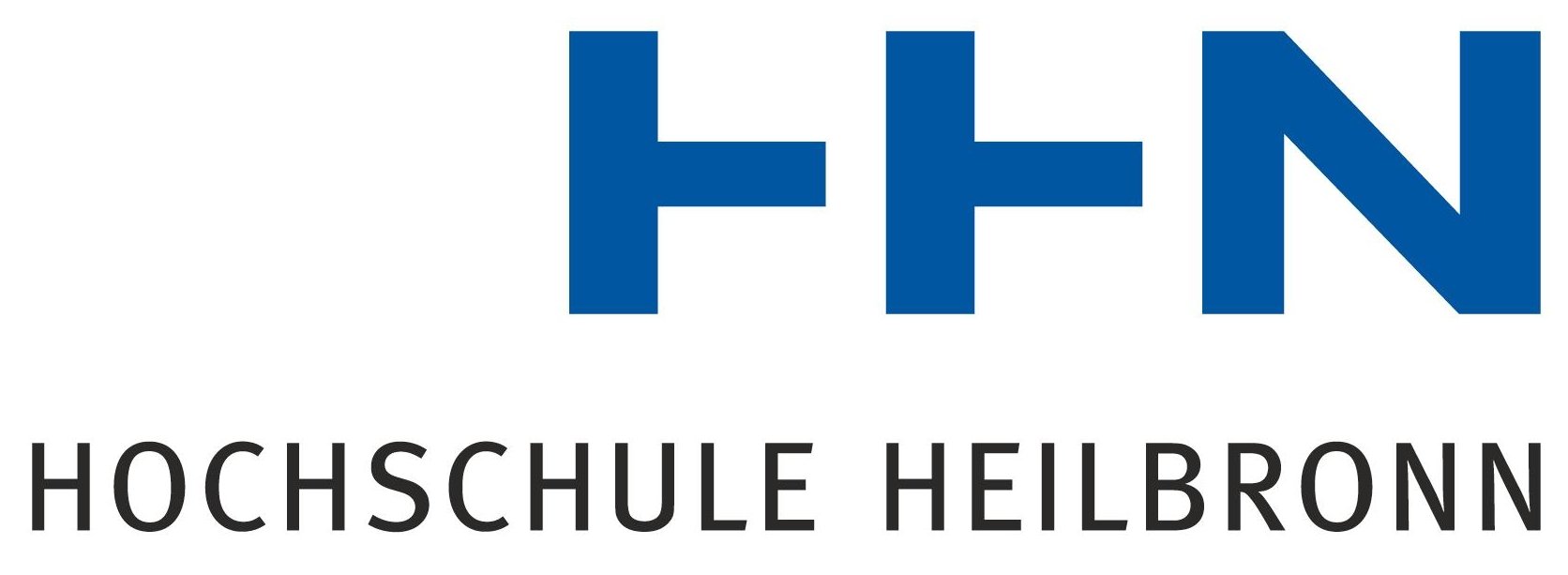T06 — SMART on FHIR — Safe future of digital medicine?
Day, Time, Duration
Sunday afternoon, 2–4 pm, 4h
Langue Offerered
German
Short Description
Privacy, security and interoperability are essential requirements for healthcare applications. The SMART on FHIR standard has set out to meet these requirements as a free and open standard.
In this tutorial, SMART on FHIR will be examined both on the integration level and from a technical perspective. The aim is to raise awareness of this promising standard in the German-speaking community, to highlight the hurdles to implementation, and to lay the foundation for integration in the near future. There are many indications that SMART on FHIR will also find its way into Europe and Germany in the medium term following its success in the USA. It is therefore important that people in the medical context are familiar with the standard and, with the appropriate know-how, can drive the integration forward quickly and efficiently. Up to now, there has been little documentation on how to ensure secure implementation and operation in the medical context. This is where this tutorial comes in. The information is especially aimed at people who are not yet familiar with SMART on FHIR or who have little experience with it. A special focus is placed on the security of applications that use the SMART on FHIR standard. The tutorial is divided into two phases: (1) joint development of the basics and (2) practical implementation of SMART on FHIR. In the first step, the concept is introduced in more detail so that participants get a better overview. This includes, for example, the difference between the classic approach, in which applications are purchased and installed directly in the hospital context, and the novel “plug’n’play” principle of SMART on FHIR. In the course of this, possible organizational problems in the integration of SMART on FHIR will also be considered together with the participants. In the next step, the technical basics (protocol flow) of the standard will be presented. The security level — which SMART on FHIR promises — will also be evaluated together with the participants. Only with this knowledge can secure applications be realized with the SMART on FHIR standard in the future. The introductory phase is followed by practical implementation. First, freely available applications are examined in more detail and their functionality is analyzed. Applications from the official SMART App Gallery are used for this purpose. The final task is for the participants themselves to create an application that can request and process medical data from a simulated medical facility. No in-depth programming knowledge is required for this. Depending on their level of knowledge, the participants can decide whether they want to develop the application completely themselves or integrate prefabricated sample apps. The use of their own terminal device is required to complete the last task.
Subject Requirements
Basic knowledge in the areas of networks, HTTP and REST
Technical requirements
Own laptop (software can be installed on site). Optionally, the software “Burpsuite” (https://portswigger.net/burp/communitydownload) can already be installed if the protocol process itself is to be traced.
Organisator
Maximilian Westers
Institution
Heilbronn University, Heilbronn
Contact
maximilian.westers [at] hs-heilbronn.de
Additional Speaker
Prof. Dr. Andreas Mayer
Institution
Heilbronn University, Heilbronn

